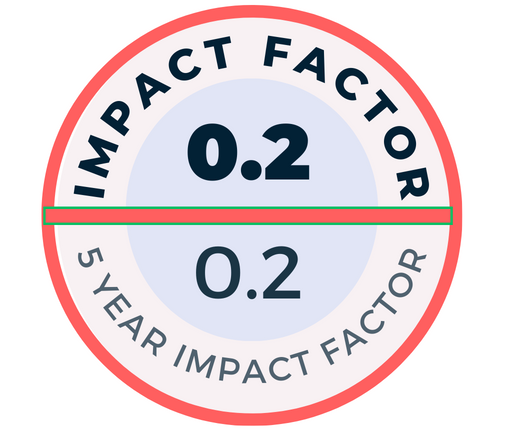OBJECTIVE: Vascular calcifi cation (VC) and disturbed bone mineral metabolism (BMM) are commonly seen in patients with end-stage renal disease (ESRD). Fetuin-A has been found to be signifi cantly low in ESRD patients. The aim of our study was to investigate the relation between coronary artery calcifi cation, BMM and fetuin-A in peritoneal dialysis (PD) patients.
MATERIAL and METHODS: 46 PD (M/F=28/18) patients were included in the study. Coronary artery calcifi cation scoring (CACS) was performed by multi slice computed tomography. The patients were divided into 4 groups according to their CACS values as Group 1 (CACS: 0), Group 2 (CACS:1- 99), Group 3 (CACS:100-399) and Group 4 (CACS: ≥400). Serum levels of fetuin-A were measured. Bone mineral densitometry was measured by dual energy X-ray absorptiometer (DEXA).
RESULTS: There was a statistically signifi cant difference difference between CACS and femur T scores in PD patients. Femur T scores were found to be decreased while CACS values are increased. We could not fi nd any differences in terms of CACS when we separated patients according to T scores greater or lower than -2. Osteopenic patients were found to be older and they also had low fetuin-A levels.
CONCLUSION: We found an important relationship between CACS and bone mineralization in PD patients.

.png)




.png)